how virtual reality works in modern age
how virtual reality works , Virtual reality (VR) is a technology that simulates a computer-generated environment and allows you to interact with it in a very realistic way. It has become increasingly popular in recent years, with applications in areas such as gaming, education, healthcare and entertainment. But what is virtual reality and how to apply it to production, health, and education?
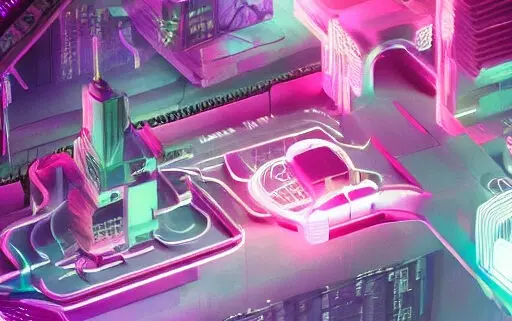
What does virtual reality mean?
Virtual reality (VR) is a technology that allows users to immerse themselves in and interact with computer-generated artificial environments in real time. VR can provide rich and interactive experiences that allow users to visualize and understand complex concepts, simulate human experiences, and explore virtual worlds. Virtual reality is not limited to a single space. In fact, it can be used to connect entire worlds, as is the case with the Metaverse.
When was virtual reality invented? history of VR
The history of virtual reality dates back to the 1960s, when computer scientist Ivan Sutherland created a prototype of a head-mounted display (HMD) capable of displaying basic wireframe graphics. Since then, VR technology has evolved significantly, with the development of video headsets, motion tracking systems, and more sophisticated haptic feedback. Today there are many different terms to describe the creation of digital realityAugmented reality (AR) vs virtual reality (VR) vs mixed reality. But what is the difference?
Augmented reality, virtual reality and mixed reality
Augmented reality (AR), virtual reality (VR), and mixed reality (MR) are often used interchangeably, but they are actually separate technologies:
- AR adds digital elements to the real world, while VR creates a completely immersive digital environment.
- MR combines elements of both AR and VR, overlaying digital objects onto the real world while also allowing for interaction with virtual elements.
- VR: While in AR an additional layer of information extends reality, this is not the case with VR. Here, it is a matter of leaving the real world and using Virtual Reality glasses to immerse oneself specifically in a separate universe.
how virtual reality works In terms of applications, augmented reality is commonly used in fields such as advertising, retail, and gaming, while virtual reality is more commonly used in fields such as healthcare, architecture, and gaming. architecture and “education”. On the other hand, MR has applications in entertainment and professional contexts, such as virtual product demonstrations or training simulations.
How does virtual reality work?
Virtual reality (VR) works by simulating realistic 3D environments through a combination of hardware and software.
How VR technology works
The foundation of VR technology is an end-to-end mechanism that replaces the natural environment with a realistic-looking simulation.
how virtual reality works, This simulation is strongly oriented towards the real world. To best adapt the digital world to the real world, modern AI algorithms are often used. They are responsible for projecting new and familiar elements onto a mathematically defined surface. The result is a virtual world that appears real to the user.
The hardware typically includes a headset or display, motion controllers, and sensors that track the user’s movements and gestures in real time. Software involves creating a digital environment using computer-generated graphics, sounds, and other sensory inputs to simulate a fully immersive experience.
Different types of virtual reality
There are several types of virtual reality, including fully immersive virtual reality, in which the user is completely immersed in a digital environment; Semi-immersive VR, providing a more limited immersive experience; and non-immersive VR, which uses a computer screen or projection system to display 3D environments without the user being fully immersed.
Non-immersive virtual reality
Non-immersive VR allows only minimal interaction with the digital environment. A good example is a video game or a driving simulator at a driving school.
Semi-immersive virtual reality:
how virtual reality works, In semi-immersive VR, digital elements are superimposed on real objects. As a result, these virtual elements can be used just like real objects. This makes semi-immersive VR ideal for educational purposes. Common examples are pilot training or deepening technical skills.
Immersive virtual reality
how virtual reality works, In fully immersive virtual reality, the user only perceives the virtual environment. There is no fixed reference point to the real world during use. Currently, fully immersive VR technology is mainly found in the video game industry. Here special data glasses, gloves, treadmills or sensory detectors are used. It all contributes to making the digital environment completely realistic. It is theoretically impossible to answer what virtual reality is and what real environment is in such a context.
Augmented reality
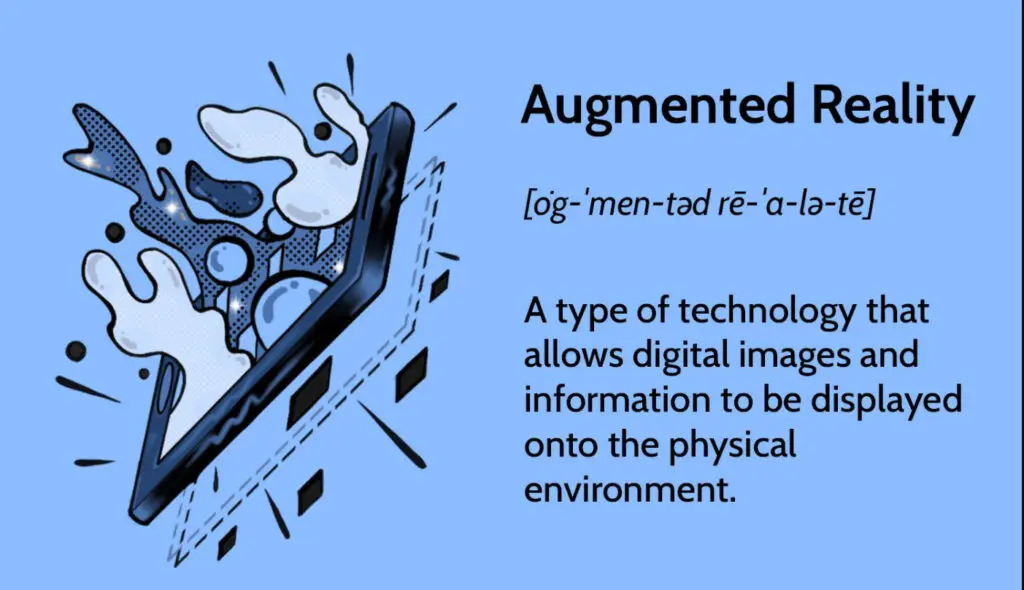
Augmented reality is also a form of virtual reality. The main difference between the two approaches is how the developers achieve the overlap of the two worlds. Smart glasses are a famous example of the use of AR. For example, with this tool, employees can access real-time data in the warehouse.
Mixed reality
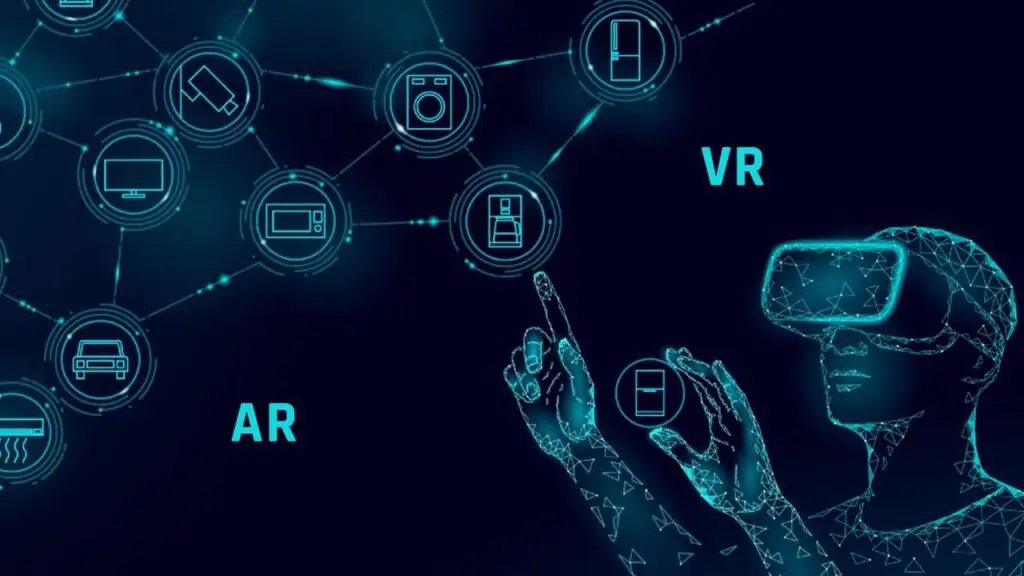
Mixed reality combines the physical and virtual worlds. This is a specific form of augmented reality but is being used more and more in marketing. This technology allows visualization of people or objects in realistic contexts.
Virtual reality component
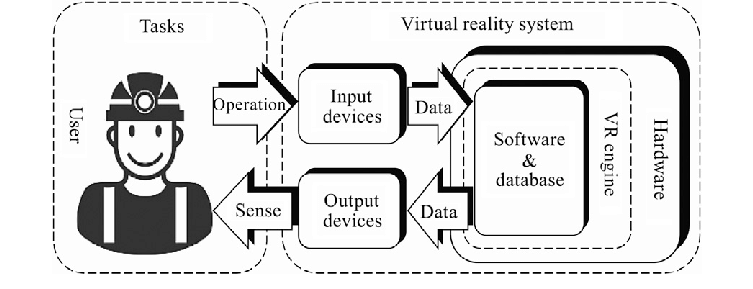
how virtual reality works , Components of virtual reality include a display or headset, which is responsible for displaying the virtual environment to the user, and input devices, such as motion controllers, which allow the user to interact with the environment. digital school. Other important components include the tracking system, which detects the user’s movements and adjusts the virtual environment accordingly, as well as the computer system that runs the software and processes sensory inputs.
.

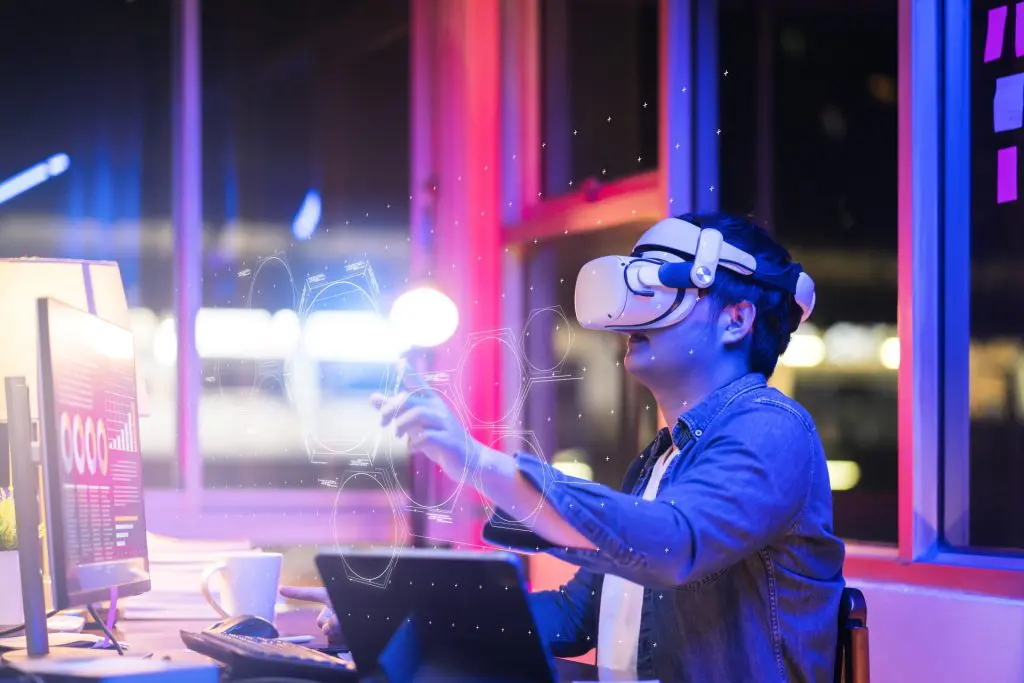
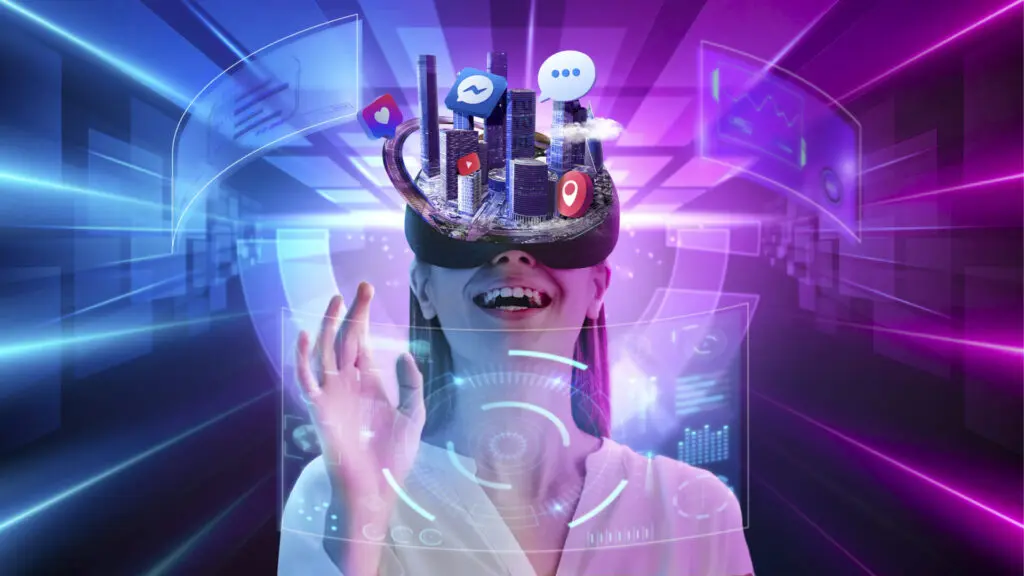
Hello! I know this is kinda off topic however , I’d figured I’d ask. Would you be interested in trading links or maybe guest authoring a blog post or vice-versa? My blog discusses a lot of the same subjects as yours and I think we could greatly benefit from each other. If you might be interested feel free to send me an e-mail. I look forward to hearing from you! Terrific blog by the way!